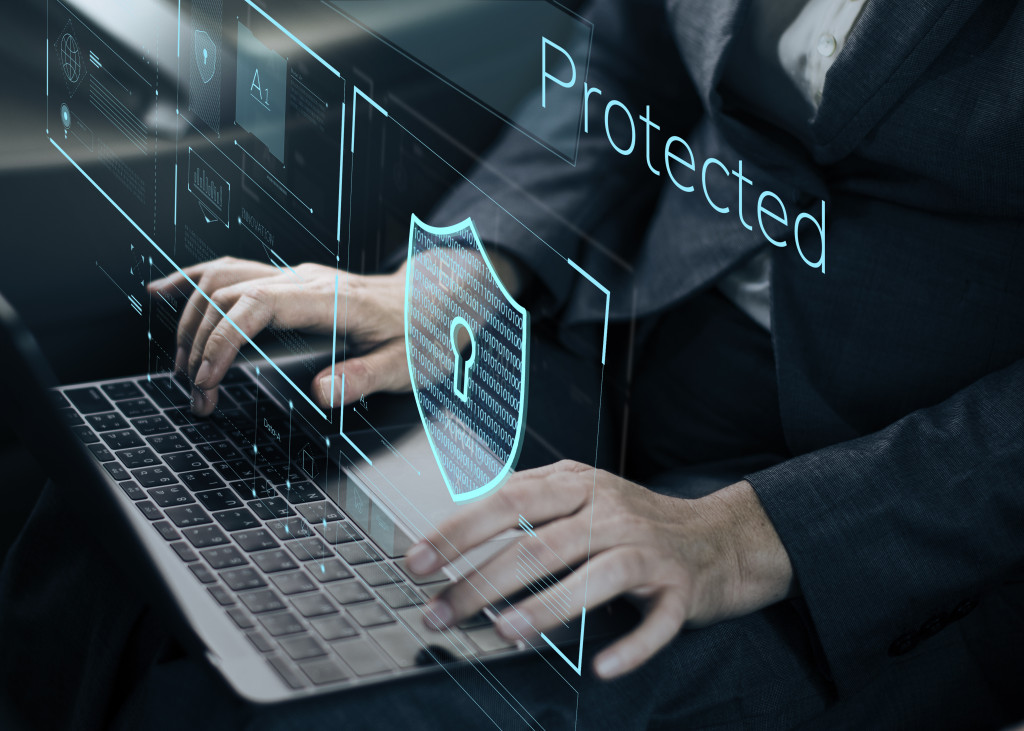Home safety is a severe concern in the United States. As crime rates increase in the United States, families need to keep their safety in mind.
Crime rates have reached an all-time high after the pandemic hit. It’s estimated that there are about 2,000 crimes that happen per 100,000 people in the country. Most of these crimes are property crimes, including burglary, theft, and car break-ins.
The most commonplace options for deterring these crimes are:
- But, first, get a security system: This will help alert you and the authorities if any suspicious activity is happening near your home.
- Keep your doors and windows locked: This is one of the simplest ways to deter criminals since it makes it more difficult for them to break in.
- Install security cameras: These can help you keep an eye on what’s happening outside and may also deter criminals from trying to break in.
- Get a dog: Barking dogs can be a great way to scare off criminals.
- Join or start a neighborhood watch: Getting to know your neighbors and working together to keep an eye out for each other can be an effective way to deter crime.
These have been well-known to stop crime the moment it starts. However, there is one security measure that most families tend to forget. It’s costly, but the most reliable way to protect your family against crime and other disasters is through panic rooms.
What is a Panic Room?
A panic room, also known as a safe room, is a fortified room in your home where you can go if there is an intruder or some other type of emergency. The idea behind them is to provide a place of safety where you can call for help or wait out the situation until help arrives.
They usually have reinforced doors, windows, thick walls, and ceilings. They may also have their power and water supply, so you can stay inside for days if necessary. Some even have escape tunnels in case you need to make a quick getaway.
Building a panic room can be costly, but it could save your life in an emergency. Panic rooms are great if you live in areas with a high chance of wildfire, high rates of violent crimes, and natural disasters.
If you’re thinking about building a panic room, there are a few things you need to keep in mind. The first of which is having the right software.
Security Software

When it comes to panic rooms, security is vital. That’s why you need to ensure you have the right security software installed on your devices. In addition, you must have robust EAC software installed. This software can ensure that no one else can enter your panic room aside for you and your family members.
It should also allow you to see who is trying to enter and enable you to lock the doors and windows remotely. It should also have two-way audio so you can talk to whoever is trying to get in.
The second thing you need to keep in mind has the right supplies.
Supplies
Regarding panic rooms, supplies are just as essential as security. You must ensure you have enough food, water, and medical supplies to last you for days. It’s also necessary to have a first-aid kit in case of any injuries.
You should also have some entertainment such as books, games, or movies. This will help keep your mind off of the situation and help pass the time.
You also need to make sure you have a way to contact the outside world.
Communication
One of the most important things you need in a panic room is a way to communicate with the outside world. This could be in the form of a phone, two-way radio, or even a satellite phone.
You should also have a list of emergency contacts stored on your devices to get in touch with them if necessary quickly.
The last thing you need to keep in mind has an escape plan.
Escape Plan
No matter how well prepared you are, there is always a chance that something could go wrong. That’s why it’s crucial to have an escape plan in place. This could be in the form of a hidden tunnel or a ladder that goes down to the ground floor.
Whatever your escape plan, make sure everyone in your family knows about it and how to use it.
Building a panic room can be costly, but it could save your life in an emergency. They’re not essential, but they add a new layer of safety to your home.

